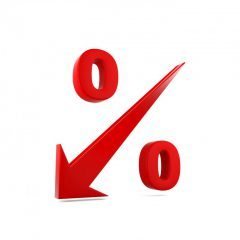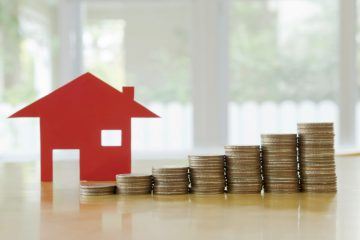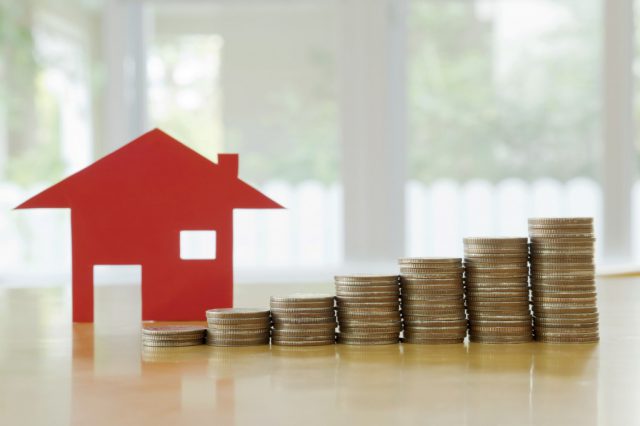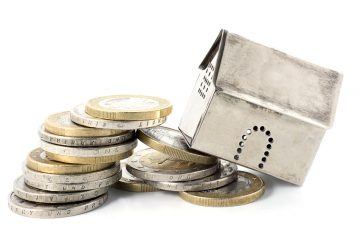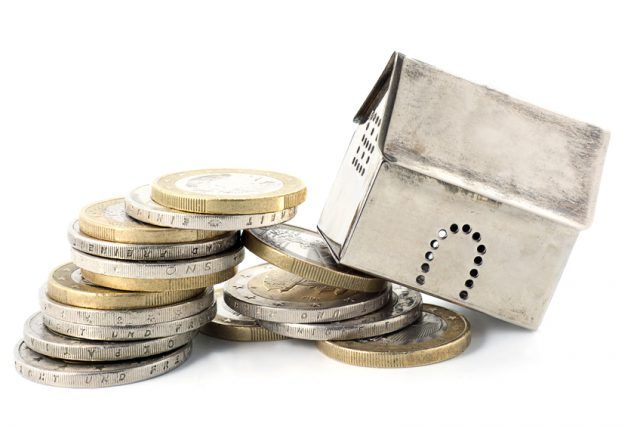Rightmove Reports Lowest Annual House Price Increase since 2013
The lowest annual house price increase since April 2013 was recorded in February, according to the latest House Price Index from Rightmove.
House prices rose by an average of 2.3% in February, although overall demand remains strong, reports the property portal.

Rightmove Reports Lowest Annual House Price Increase since 2013
The slower house price increase makes it riskier for sellers to over-price their properties, Rightmove highlights, as 40% of vendors are more likely to sell if their properties are priced right when they first come onto the market.
Three-quarters of agents surveyed by Rightmove report that the market is currently price-sensitive, with buyers reluctant to enquire if properties are priced just a few per cent too high.
On a monthly basis, the average house price increase was 2.0% in February (£5,986) – the smallest rise for the month since 2009.
Although Rightmove traffic is high, investor sectors were understandably quieter than this time last year, as buy-to-let landlords rushed to beat the Stamp Duty deadline in 2016.
The Director and Housing Market Analyst at Rightmove, Miles Shipside, comments on the new findings: “While the prices of goods in shops are rising at a faster rate, the pace of price rises in property coming to the market is slowing. They’re still 2.3% higher than a year ago, but perhaps we’re approaching the territory where many buyers are unable or unwilling to pay what sellers are asking, given the negative combination of rises in the cost of living, tighter lending criteria, and a dose of Brexit uncertainty.
“The housing market has had a long sprint since April 2013, when the annual rate was last below this level, so it’s not surprising that upwards price pressure is running on tired legs, with average prices today being 23% or nearly £60,000 higher than they were then. This surge in the cost of homeownership highlights some of the issues referred to in the Government’s recent White Paper on fixing the broken housing market.”
The Founder and CEO of online estate agent eMoov.co.uk, Russell Quirk, says: “Depite Rightmove’s best intentions to deliver transparent market analysis, the nature of their data being based on asking price and not sold price means it should only be viewed as a tentative toe dip into the state of the UK market at present.
“Today’s numbers may help to compound the current issue of a shortage of housing, but this isn’t an anomaly that has only just surfaced. It has been rife for quite some time now, and so this latest data would suggest the addition of a seasonal pickup as we head into the busiest time of the year. This heightened market activity, coupled with the ongoing stock shortage, is leading to a strong hike in prices.”
He continues: “We’ve seen a lot of hesitation in the market of late, particularly amongst those in the likes of the South East, who are worried about maximising their investment return.
“The reality is that in areas like the Midlands, where prices aren’t as inflated, a more no nonsense approach is benefitting homeowners as they proceed with their sale and see stronger, more natural price growth across the board as a result.”
